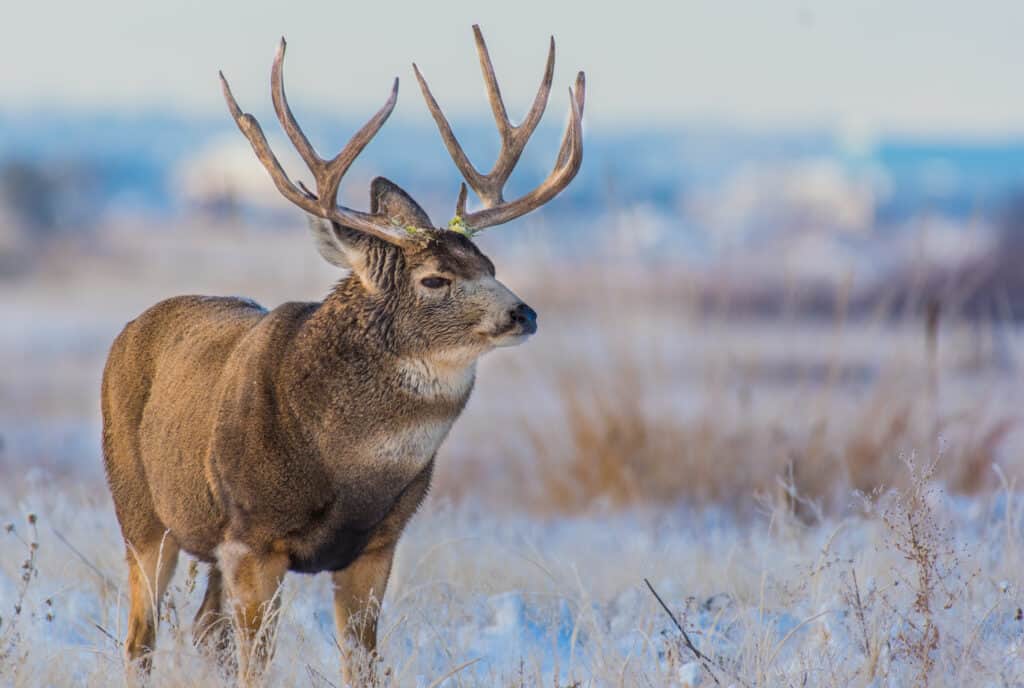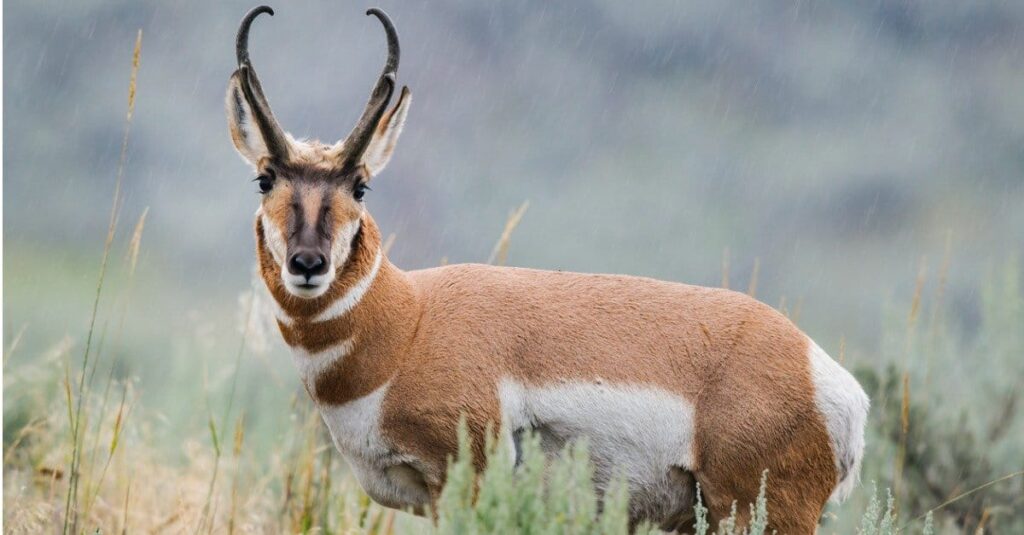Arizona, located in the southwestern United States, is renowned for its stunning deserts, unique cacti, and pleasant, sunny weather. Visitors and residents alike come to the state to take advantage of its wide range of outdoor activities, including hiking, biking, golfing, and swimming. However, climate change has disrupted weather patterns worldwide, including in Arizona. To understand it better, let’s look at how this winter compared to Arizona’s warmest ever.
Arizona’s Winter of 2022/2023
Arizona experienced a relatively warm December in 2022 with above-average precipitation. The state experienced an average temperature of 56°F, which is just slightly higher than the typical average of 55.5°F.
On the other hand, in January 2023, Arizona encountered temperatures below average, and the city of Tucson had the coldest January it has experienced since 2013. January also had the highest amount of rainfall since 2015. The last two weeks of January were particularly cold, with the average low temperature in the city being the coldest since 1955. The monthly mean temperature was 51.6°F, which is two degrees lower than the usual average temperature of January.
February 2023 featured an active weather pattern that resulted in erratic temperature fluctuations and a higher-than-usual number of windy days in Tucson. This was caused by multiple winter storms that swept across the region, resulting in rainfall in the valleys, snowfall in the mountains, and, occasionally, snowfall on the valley floor. The most noteworthy winter storms happened in the middle of and on the 26th of February. The average temperature for the month was 53.3°F, 2.9 degrees below the typical average temperature.
Overall, the mean temperature for the January/February period was 52.4°, around 2.5° below average, ranking as the 59th coolest on record for Tucson. In contrast to other parts of Arizona, the temperature in Phoenix remained well within the normal range throughout the winter of 2022/2023.

Multiple winter storms swept across Arizona in February 2023, resulting in rainfall in the valleys, snowfall in the mountains, and, occasionally, snowfall on the valley floor.
©Monica Lara/Shutterstock.com
Arizona’s Warmest Winter Ever
Arizona has experienced some of the warmest winters on record. While there is no specific statewide information on the warmest winter ever, there have been several notable occurrences.
In January 1986, Arizona recorded its warmest month, with an average temperature of 61.4°F.
In the winter of 2013/2014, the city of Tucson broke a new record for the warmest winter on record, with an average temperature of 56.9°F. This surpassed the previous record set in 1980/1981 by 0.3 degrees. The reason for this was an extended period of sunny and warm days. As a result, the average high temperature was 4.9 degrees higher than the usual average.
Arizona’s Average Winter Temperatures
Arizona experiences hot summers and mild winters. However, the average winter temperatures in Arizona can differ significantly depending on the region.
In the northern part of Arizona, the winter temperatures are generally colder, with an average high temperature of around 50°F and an average low temperature of around 20°F in January. The region receives some snowfall during the winter months, especially in the higher elevations such as Flagstaff and the Grand Canyon area.
In the central and southern parts of Arizona, the winters are mild, and the temperatures are generally comfortable for outdoor activities. The average high temperature of Phoenix, the state’s capital and largest city, is around 67°F in January, with an average low temperature of around 45°F. In the southern part of the state, Tucson experiences an average high temperature of around 65°F and an average low temperature of around 39°F in January.
However, it is important to note that there can be significant variations in temperature within the same day and from day to day during the winter months in Arizona. For example, while the daytime temperatures may be mild, the nights can get chilly, and visitors are advised to bring warm clothing and layer up.
Animals That Migrate to and From Arizona
Arizona is a state known for its diverse landscape and unique wildlife. In Arizona, several animal species migrate to and from the state, making it an exciting destination for wildlife enthusiasts.
Mule Deer
Mule deer are easily recognizable by their distinct facial features. They have a light gray face that contrasts sharply with a black forehead, which is often referred to as their mask. Their coat color changes with the seasons; during summer, they have a tannish-brown coat, while in winter, it is brownish-gray. Additionally, they possess a small white tail with a black tip and a patch of white on their rump.
They are a highly adaptable species, capable of thriving in various terrains throughout Arizona. These deers can be found in sparse, low deserts, as well as in high forested mountains.
Mule deer have a diverse diet, with a primary focus on forbs — flowering, herbaceous plants. In addition to forbs, they also consume leaves and twigs of woody plants. Mule deer are also known to feed on berries and fruit.
Mule deer undertake seasonal migrations in the fall and spring. These movements are driven by the need to travel between their winter and summer habitats. During the winter, mule deer migrate to lower elevations to avoid deep snow and other harsh conditions. In the summer, they move to higher elevations where they can access high-quality forage.

Mule deer have a light gray face that contrasts sharply with a black forehead, which is often referred to as their mask.
©iStock.com/Kerry Hargrove
Lesser Long-Nosed Bat
The lesser long-nosed bat is a bat of medium size with distinctive physical features. Its fur is yellow-brown or gray on the upper part of the body and rusty brown on the lower part. The bat has a small tail, tiny ears, and a unique triangular noseleaf protruding from the end of its nose.
Among the bats found in North America, this is a unique species that rely heavily on fruit and nectar as its primary food sources. The habitat of the lesser long-nosed bat is typically characterized by desert scrub. This species can primarily be found in southern Arizona.
The lesser long-nosed bat follows a seasonal migration pattern. During the summer months, it can be found in Arizona and New Mexico, whereas it migrates to central and southern Mexico for the winter months. This pattern allows the bat to survive in different environments throughout the year.
Pronghorn
The pronghorn species possess a deer-like physique with lengthy legs, a small tail, and an elongated snout. Their fur commonly showcases a reddish-brown hue, although it’s possible for them to appear tan or dark brown. Additionally, they exhibit striking white stripes on their necks and more white markings on their stomachs, faces, and rumps.
The pronghorn’s diet consists solely of vegetation, as they are classified as herbivores. Therefore, their menu consists of various prairie plants, including grasses, forbs, and sagebrush.
In Arizona, these creatures are most commonly spotted in the northern plains region. However, throughout the summer season, pronghorns tend to occupy vast grasslands in the Garland Prairie region.
However, during migration, these animals migrate alongside I-40, heading towards the west, and traverse through densely forested habitats. Eventually, they reach the grasslands situated near Ash Fork and finally travel southwards to settle in the winter range near Drake.

Pronghorns exhibit striking white stripes on their necks and more white markings on their stomachs, faces, and rumps.
©BGSmith/Shutterstock.com
Blue-Throated Mountain-Gem Hummingbird
If you’re searching for the blue-throated mountain-gem hummingbird, you can spot adult males by their bronzy green hue on their upper body, with white lines above and below their eyes. The males also have a stunning glittering blue throat, also known as a gorget, which can appear darker in poor lighting.
On their lower body, they display a gray color with whitish tips on blackish tail feathers. Juveniles and females share a similar appearance, but they lack the mesmerizing blue throat of the males. If you want to observe these beautiful birds, head to the mountain ranges in southeastern Arizona.
They feed on a diet consisting of nectar and insects, and their preferred habitat in Arizona includes the mixed woodlands and cool coniferous found in the mountains.
The blue-throated mountain-gem hummingbird is likely a permanent resident throughout most of its Mexican range. However, the birds that reside in the United States tend to depart in the fall. Some individuals may spend their winters at feeders located in canyons within Arizona.
The photo featured at the top of this post is © iStock.com/Gregory Clifford
Thank you for reading! Have some feedback for us? Contact the AZ Animals editorial team.







